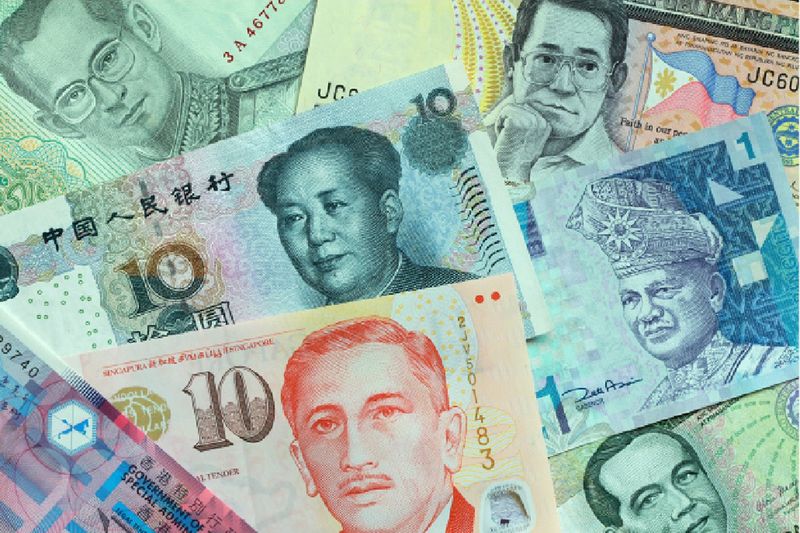Fully functioning local currency bond markets have been an aspiration in Asia for decades, with the dangers of relying on offshore US dollar funding brought into stark relief back in the dark days of the Asia financial crisis in the late 1990s. Prior to the onset of the crisis, the Asian economy was booming. Who could resist the attraction of the so-called Tiger economies? Asian companies grew fat as money flowed into the region from speculative offshore investors.
The region’s financial market was built on sand. And, as defaults began to spread across the region, dollar-based investors fled, leaving companies – and countries – on their knees.
It became clear that if local companies had been able to borrow in their own currencies and avoid the foreign exchange risk the crisis might have been avoided.
Since then, not only have onshore markets become deeper, but local currency issuers have also been able to go international. We’ve seen the creation of Dim Sum, Masala and Komodo bond markets to attract international investors.
Cross-border issues have also blossomed – in the form of Kangaroos and Panda bonds, for instance – to create the diversity of borrower and variety of credit necessary for a local currency bond market to thrive. We’ve even seen foreign banks printing bank capital deals in Singapore dollars to tap into the Lion City’s private bank liquidity.
Developing deep bond markets at home means that when the US dollar loan and bond markets close, Asian corporates can still raise sizeable funding in local currencies. While G3 currency issuance in Asian ex-Japan and Australia is down 27% this year, according to LSEG data, to US$131bn year to date, local currency bond issuance in Asia ex-Japan and Australia has grown almost 5% to the equivalent of US$3trn.
Asia’s local currency markets are in a good position now, but some 25 years or so after the financial crisis there is still room for improvement. That might take the form of developing the local investor base to make markets deeper, making it easier for foreign investors to participate, or implementing frameworks for green and sustainable finance to help win the race to net zero.
Asian corporates are now in a position where they can pick and choose whichever financing channel best meets their funding objectives, whether that be size, pricing or tenor. That’s good for issuers, and good for regional stability.
To see the digital version of this report, please click here
To purchase printed copies or a PDF of this report, please email shahid.hamid@lseg.com

